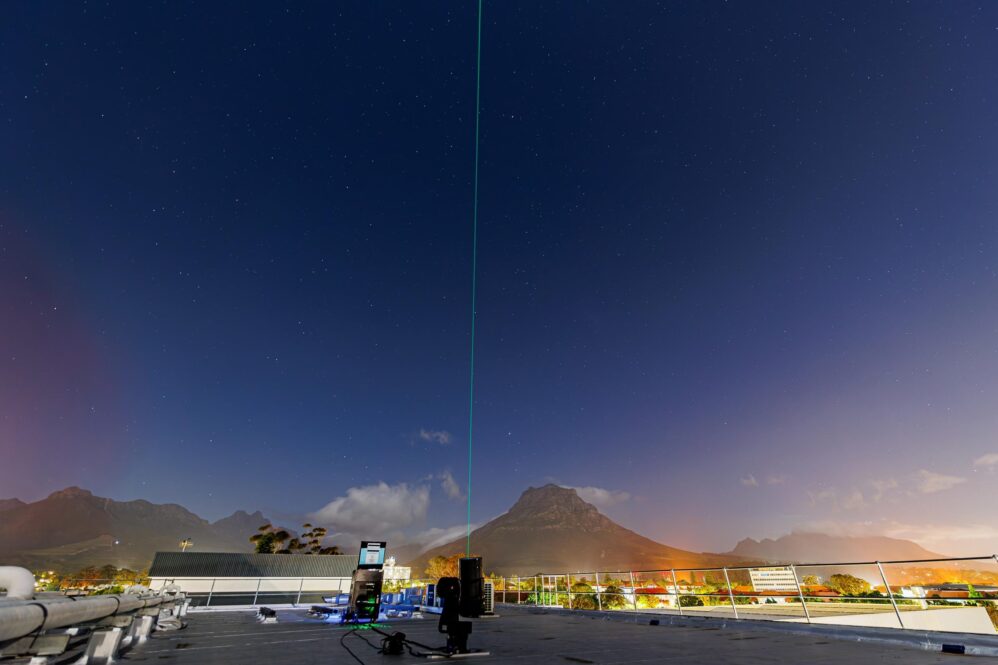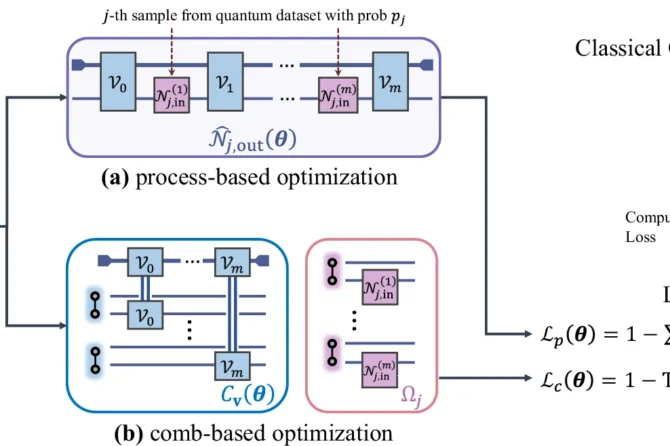A groundbreaking achievement in quantum communication has been realized with the creation of the world’s longest ultra-secure quantum satellite link, connecting China and South Africa across nearly 13,000 kilometers. This remarkable feat represents the first quantum satellite link in the Southern Hemisphere and demonstrates the practical application of quantum key distribution for transmitting encrypted images between continents in real time.
The historic connection was established using China’s Jinan-1 quantum microsatellite in low Earth orbit. The project, a collaboration between Stellenbosch University in South Africa and the University of Science and Technology of China, published their findings in Nature on March 19th. Stellenbosch’s exceptional weather conditions, featuring clear skies and low humidity, enabled the ground station to achieve an impressive key generation rate of 1.07 million secure bits during a single satellite pass.
This technology employs fundamental quantum mechanics principles to ensure unmatched security. The quantum key distribution system uses single photons for encoding and transmitting secure keys, making interception impossible without altering their quantum states. This provides theoretically unbreakable encryption, even against sophisticated adversaries.
China continues to lead in quantum communication, guided by renowned physicist Prof. Jian-Wei Pan. Their quantum infrastructure includes an extensive 2,000 km terrestrial fiber network connecting 32 nodes across major cities. Prof. Juan Yin, who developed China’s first quantum satellite Micius, led the Chinese research team in this collaboration.
On the South African side, Dr. Yaseera Ismail headed the research team at Stellenbosch University’s Department of Physics as lead experimentalist. Prof. Francesco Petruccione, a pioneer in quantum communication in South Africa, contributed his expertise to this landmark achievement, which supports the upcoming launch of the Stellenbosch Centre for Quantum Science and Technology.
This international collaboration highlights the power of global scientific partnerships and firmly establishes South Africa as a significant player in the evolving quantum technology landscape, advancing the frontiers of secure global communications.
Reference: “Microsatellite-based real-time quantum key distribution” by Yang Li, Wen-Qi Cai, Ji-Gang Ren, Chao-Ze Wang, Meng Yang, Liang Zhang, Hui-Ying Wu, Liang Chang, Jin-Cai Wu, Biao Jin, Hua-Jian Xue, Xue-Jiao Li, Hui Liu, Guang-Wen Yu, Xue-Ying Tao, Ting Chen, Chong-Fei Liu, Wen-Bin Luo, Jie Zhou, Hai-Lin Yong, Yu-Huai Li, Feng-Zhi Li, Cong Jiang, Hao-Ze Chen, Chao Wu, Xin-Hai Tong, Si-Jiang Xie, Fei Zhou, Wei-Yue Liu, Yaseera Ismail, Francesco Petruccione, Nai-Le Liu, Li Li, Feihu Xu, Yuan Cao, Juan Yin, Rong Shu, Xiang-Bin Wang, Qiang Zhang, Jian-Yu Wang, Sheng-Kai Liao, Cheng-Zhi Peng and Jian-Wei Pan, 19 March 2025, Nature. DOI: 10.1038/s41586-025-08739-z



